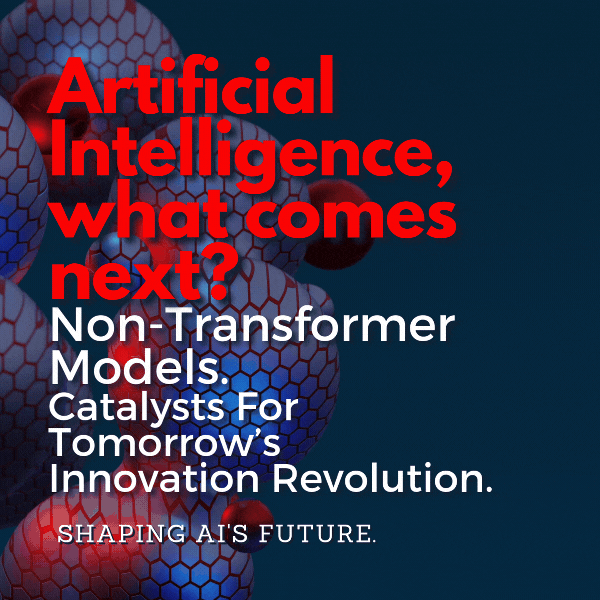Artificial Intelligence, what comes next?
Non-transformer models. Catalysts for tomorrow’s innovation revolution.
Welcome to Silicon Sands News, read across all 50 states in the US and 111 countries.
We are excited to present our latest editions on how responsible investment shapes AI's future, emphasizing the OECD AI Principles. We're not just investing in companies. We're investing in a vision where AI technologies are developed and deployed responsibly and ethically, benefiting all of humanity.
This week, we will explore what comes next for AI after the technology under ChatGPT and similar technologies.
Let’s Dive Into It . .
iPhone 17 or Blackberry?
Imagine unveiling your game-changing iPhone 17 only to realize everyone’s still raving about a decade-old Blackberry. That’s the strange disconnect in the AI world. While colossal transformer models like GPT-4 dominate the headlines, a quieter set of AI breakthroughs redefines what’s possible.
These under-the-radar technologies, so-called non-transformer AI models, are the fundamental catalysts for tomorrow’s AI revolution—sleeker, more cost-effective…
Keep reading with a 7-day free trial
Subscribe to Silicon Sands News to keep reading this post and get 7 days of free access to the full post archives.





